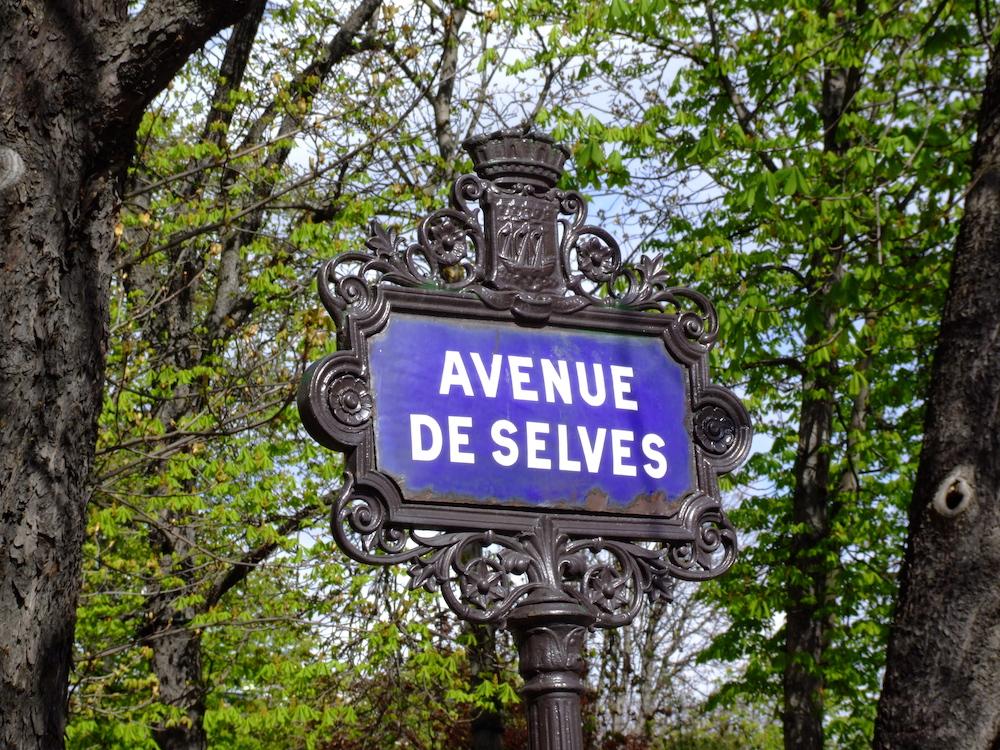A Forest of Selves 1
Jessica Sequeira, Santiago (Chile)-Cambridge (UK)
21 august 2021

Photography: public domain.
This is Part 1 of a two-part article. Read Part 2 here.
What would it mean to stick a hand outside the limits of one’s known universe? To create other personalities for the 5’3”, brown-haired, brown-eyed body (let’s say) in which one happens to find oneself? Modern capitalism encourages the branding of the single being into the condensed forms of autofiction, that is, the conflation of life and literature (the making sense of life through narrative, even the replacement of life through literature).
It’s true that this kind of writing, a treatment of self and self-definition as a single being with consistent attributes, which can belong to several genres, can be highly attractive in the complexity of its poetic reflections on a personal past. But alongside it, less discussed, is its fraternal twin or kissing cousin—or in reality, its inverse and compliment—which for lack of a better term I’ll call “automultiplication”. This is a writing that moves beyond the boundaries of the “I” to self-translate, expanding into other bodies and languages and registers as a multiplication of different beings in a single physical body.
Automultiplication is not the fictionalization of the self (autofiction), but the making of the self into fictions. The most glorious version of it in a literary context— the maddest and most extreme — is arguably Fernando Pessoa with his 136 heteronyms, fictitious authors conceived for the pleasure of thinking through and as different minds.
A more limited and manageable form is to choose just one alter ego or double, writing as and sometimes adopting its aesthetic in dress and mannerisms: Nicanor Parra’s Christ of Elqui, Enrique Lihn’s Gerardo de Pompier, Romain Gary’s Émile Ajar, John Banville’s Benjamin Black, Roberto Bolaño’s Arturo Belano, and so on. This is different from autofiction, retold or reworked narratives about the same being within a single physical body (e.g. the prose of Karl Ove Knausgård, Rachel Cusk or Serge Doubrovsky). It is also different from pseudonyms (e.g. the names used for artistic purposes by Pablo Neruda, Gabriela Mistral and Winétt de Rokha, political purposes by Subcomandante Marcos, or practical purposes in order to publish by George Eliot). And it is different from metamorphosis, in which the same being takes on a variety of physical forms (e.g. Kafka’s cockroach, Hindu avatars).
To multiply personalities has historically been linked to mental health conditions such as dissociative identity disorder (previously called multiple personality disorder) or schizophrenia. A patient who does not maintain a coherent definition of him or herself, one who has ideas of being that do not correspond to the physical body, has been labeled problematic. But just as in so many other aspects of mental health, self-perception, too, is under revision.
The historical pathologization of automultiplication has been linked to the notion that there is a single teleology or destiny for each given body. Plato famously defended a world of timeless and unchanging Ideas that exists beyond the world of physical things, an idea that appears across his work, including the Republic. This idea of an essence linked to a body is widespread even now, from the poet who describes the “Rose” (not any particular, embodied rose) to those who speak of national essences (the physical geography of the land connected to a certain mentality).
Bodies and ways of being, or bodies and actions, are admittedly often bound up. This is the basis for the moral tale. In the story of the greedy farmer who cuts open the stomach of the goose that lays a golden egg for him each day in a stupid attempt to get more gold, it’s clear the idea of wealth has no meaning without the healthy and living body of the animal. In fiction, one purpose of distinguishing idea from physicality is to argue for a more coherent version or narrative about existing facts. Autofiction crafts a clearer, more selective, more lucid path through the chaos of the reality available at the time of lived experience, presenting human desires and actions in a stylized and contained way.
But yoking the idea to the physical body often doesn’t result in a moral takeaway, or in a more idealized, less messy version. Reality isn’t a clean line, as writers of autofiction acknowledge as they make a cut, choose a path, attempt to capture the ephemeral beauty of the past with art and artifice. Doing so is often linked to the diary format, to making one’s own life art, even to supplanting life with writing. “In the margin, my pencil enters a dialogue with many previous versions of myself,” writes Doireann Ní Ghríofa in A Ghost in the Throat. “When I reread this diary, I already have a posthumous impression,” says Hervé Guibert (tr. Miki Okubo).
Autofiction tends to take physical needs and desires as their center. But these are only one aspect of the human being, and to separate out ideas of being from the given physical body can open up other, different, surprising fields of thought. Automultiplication similarly recognizes that essences do not exist, that the self is made, and that versions of the self cohabit. But rather than stop at one version, it provides more than one. A single being contains multitudes of other beings, parallel lives, alternative histories; it welcomes other timelines, fantasies, nostalgias, projections.
Reality becomes hybrid. One’s own thoughts become a community of dialogue and argument, open to contradiction. The public sphere is internalized. And a rose can dream of being a lily, daisy, ant or frog without being condemned to the particular beauty and decay of the rose. By means of the imagination, automultiplication enriches historical accident. And it connects to forms of thought in indigenous and non-Western cultures, in which being is fluid and the notion of “Self” as an identity given by destiny is extinguished, to make room for selves in different bodies.
You can see part 2 of this essay here.
